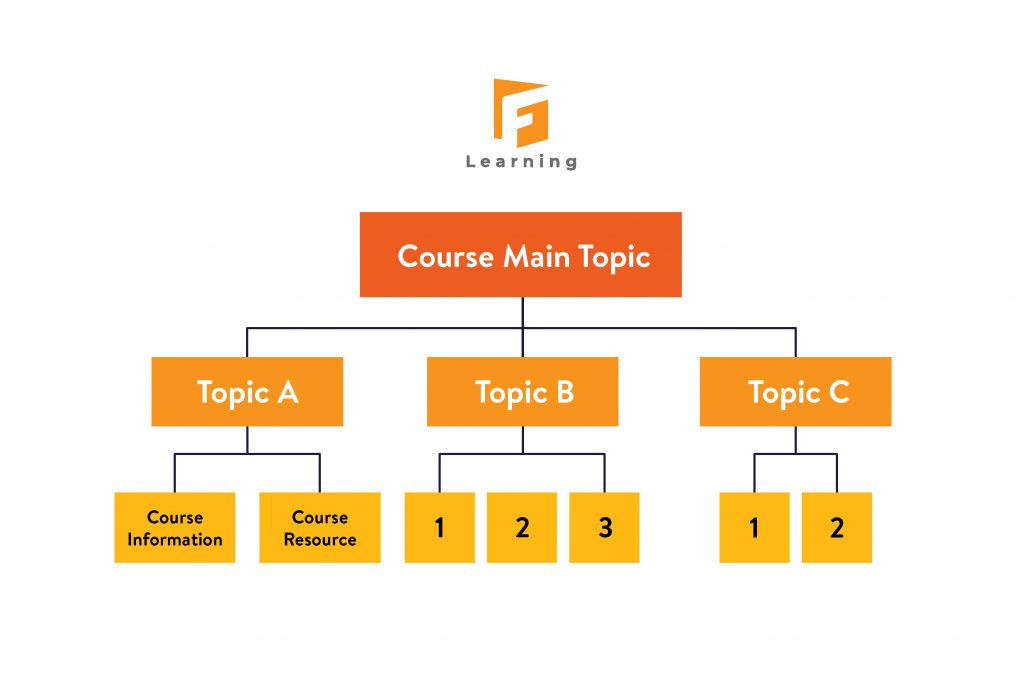“Give me six hours to chop down a tree, and I will spend the first four sharpening the axe.” – Abraham Lincoln. It means spending most of your time sharpening the axe, or your content chunking skills are crucial for instructors. Doing any job blindly and praying for the best is not how professional instructors work. It is the same when applied to chunking information to create training materials.
In this fast-paced world where everything goes online, more and more people are demanding more digestible bits of information. Instructors, in this case, are like chefs; of course, they should be able to handle techniques to prepare the content and make it presentable for learners.
Don’t sweat over content chunking even if you haven’t learned the skills to manage this task! By the end of this article, you will know precisely how to chunk and systemize content.
How content chunking can benefit learners
Unlike experts who have existing understandings that they can use to “absorb” and make sense of the new information, it is pretty challenging for most learners to work with large chunks. Therefore, instructors can help with chunking, and this is how it affects learners:
Reduces cognitive load:
When presenting multiple types of information simultaneously or at once, it can be overwhelming for learners and make it much harder for them to memorize everything. With information put into small chunks, learners receive a single, short concept at a time and remember it more easily.
Provide a better learning experience:
Long content displayed usually causes frustration and intimidation, especially for newbies. Chunking and making the content easier to digest allows learners to feel more confident to learn independently.
During the training, we need many skills sharpened. By chunking training materials, instructors can actively create different chunks to address the needs of learners at all levels.
How can instructors also benefit from content chunking?
Content chunking can help create better training materials, whether in-person, online or blended learning. Here are the reasons why:
Easy to instruct and review:
Content chunking allows instructors to incorporate small quizzes for learners to assess their understanding after each chunk. Learners and instructors can pinpoint the problems and address them immediately without revising the course. It helps save a huge amount of time.
Easier to repurpose and update content:
Instructors can quickly restructure or shorten the class with chunked content. If you need to use some data from one type in another, you just have to select relevant data and put it into a new course. When you need to update the system, you only have to update the chunks that require updating while the rest of the procedure remains the same.
Steps and tips to effectively chunk information
Step 1: Prioritize
In this step, you will go to find the answer to the question, “What do learners need to know and what is nice to know?”. If you can successfully answer this question, you will be able to pinpoint the most crucial pieces of information and build the entire course on them.
Step 2: Break down your course
In this step, you will begin breaking the entire curriculum into smaller parts logically from the highest level. You need to identify the main concepts in each theme and break these down even further into subtopics.
For example, a course usually includes modules; inside modules are lessons. You can organize activities in lessons based on different topics.
Tips:
Here are some tips that would help you complete this step more effectively:
1. Turn Bits into Chunks. During this task, you may find everything is essential. Many of them are unrelated facts that are not needed. If you are certain you need them, try to find some similarity between those fact bits and turn them into chunks.
2. Remember, “In learning, less is more.”
Step 3: Present chunks in a logical order
Look from the big picture to the details. To get learners to prepare for what is coming and be more confident learning new things. It is beneficial to offer them a “big picture” comprehension of the range of topics. To assist students in understanding the big picture, you might provide a course outline or map. From simple to complicated concepts: Introduce basic ideas initially, then build upon them, so the student knows what is necessary to comprehend more complex ideas.
Tips:
Here are some tips to spice up your materials:
1. To boost learner engagement – You can present content in various interesting formats to keep learners engaged. Use images, graphics, interactive media, and/or videos that offer or support the “need to know” content. You can also add small quizzes after several chunks for students to review their understanding of what they have just digested.
2. Minimize scrolling – Consider your learner’s screen size. Many students will use laptops, tablets, and smartphones to access the material. Each content should be presented whole, so there is no disruption in the learning process. Therefore, the chunked content shouldn’t be too long. Try to keep the keywords and reduce as much unnecessary information as possible.
Recommend reading:
Step 4: Step back and assess what you have created
This last step will help you make sure that your content is concise and in logical order. To efficiently revise the content, ask questions such as “Do I need to include all the content?”, “Are they arranged in a logical order?”. If not, get rid of them. “Will the chunk of content require the learner to hold more than a few things in memory at one time to understand it?” If so, break it down again.
Conclusion
We hope you have an idea of how content chunking helps your learners and the best way to complete it. Don’t hesitate to try these steps and tips and create your best learning materials!
Read more:





